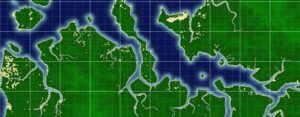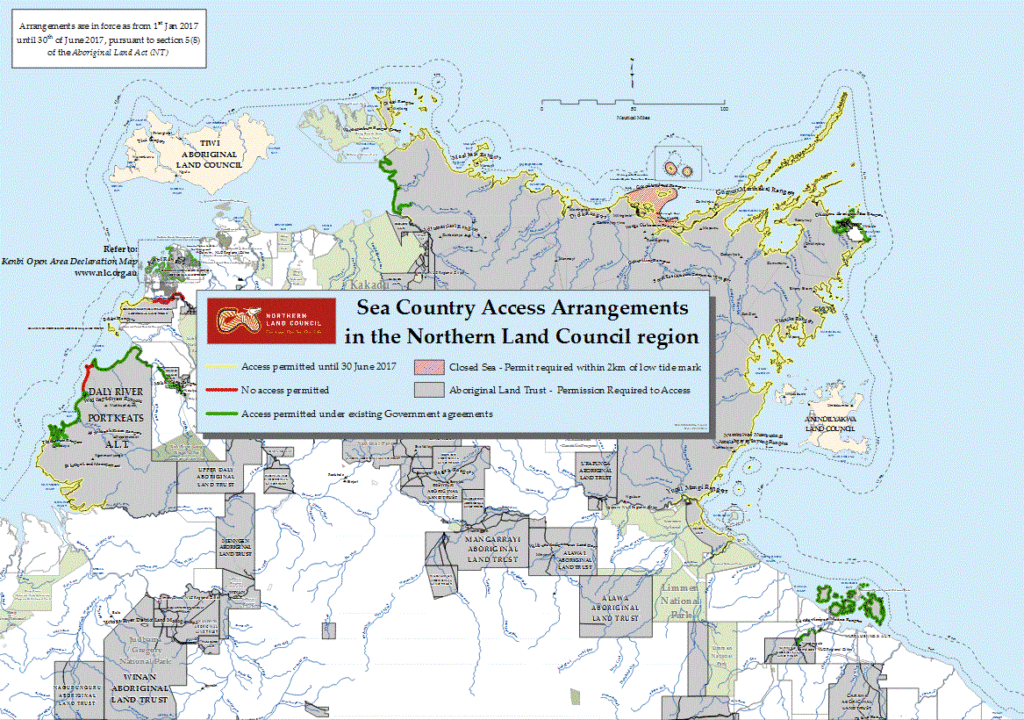Locally Recommended Brands and Retailers
- Territory Tuff: A family-owned NT-based brand specializing in durable, practical country apparel designed for Top End conditions. Their clothing is tailored for the local climate, offering quality and affordability for hunters needing lightweight, breathable, and rugged gear.
- Coolalinga Guns & Ammo: A major hunting retailer in Holtze, NT, stocking a wide array of firearms (including brands like Browning, CZ, Steyr, Huglu, Winchester Arms), ammunition (Winchester, Norma, ADI), optics (Meopta), and hunting accessories. They are a one-stop shop for local hunters needing guns, ammo, apparel, and gear suited to NT conditions.
Essential Gear Types and Features
- Shotguns and Ammunition: Choose reliable brands such as Browning or Winchester, which are widely available and trusted for waterfowl hunting in the NT. Always use non-toxic shot as required by regulations.
- Camouflage Clothing: High-quality camo gear is essential for blending into the wetland environment. Territory Tuff and other specialist brands provide appropriate patterns and materials for the Top End.
- Waders and Waterproof Boots: Durable waders and boots are crucial for traversing muddy and waterlogged floodplains. Look for brands known for robust waterproofing and comfort.
- Optics: Quality binoculars and spotting scopes, such as those from Meopta, help with identifying and locating game in dense wetlands.
- Accessories: Decoys, calls, and other waterfowl hunting accessories are available through local retailers and are vital for successful hunts.
Waders

Specialist Gear Lists
Outfitters like Ironbark Outfitters recommend:
- Lightweight, long-sleeve camo shirts and pants for sun and insect protection
- Lightweight boots or hiking shoes
- Short gaiters to keep out grass and sand
- Hydration packs (2–3L capacity)
- Bug head nets
- Sun protection gear (hats, sunglasses, sunscreen)
- Gloves for sun and vegetation protection.
Summary Table: Key Brands and Gear
| Gear Type | Recommended Brands/Retailers | Notes |
|---|---|---|
| Apparel | Territory Tuff | Local, designed for NT conditions |
| Firearms | Browning, Winchester, CZ, Steyr | Available at Coolalinga Guns & Ammo |
| Ammunition | Winchester, Norma, ADI | Non-toxic shot required |
| Optics | Meopta | Binoculars and scopes |
| Accessories | Variety at Coolalinga Guns & Ammo | Decoys, calls, cleaning kits |
| Footwear/Waders | Specialist waterfowl brands | Waterproof and durable |
Conclusion
For hunting in the Northern Territory, prioritize gear and brands that are proven in tropical, wetland environments. Local retailers like Territory Tuff and Coolalinga Guns & Ammo offer products specifically suited to the Top End’s unique challenges, ensuring both comfort and compliance with local regulations.












 There are at least half a dozen boat ramps in the Finnis River & Bynoe Harbour area.
There are at least half a dozen boat ramps in the Finnis River & Bynoe Harbour area.
